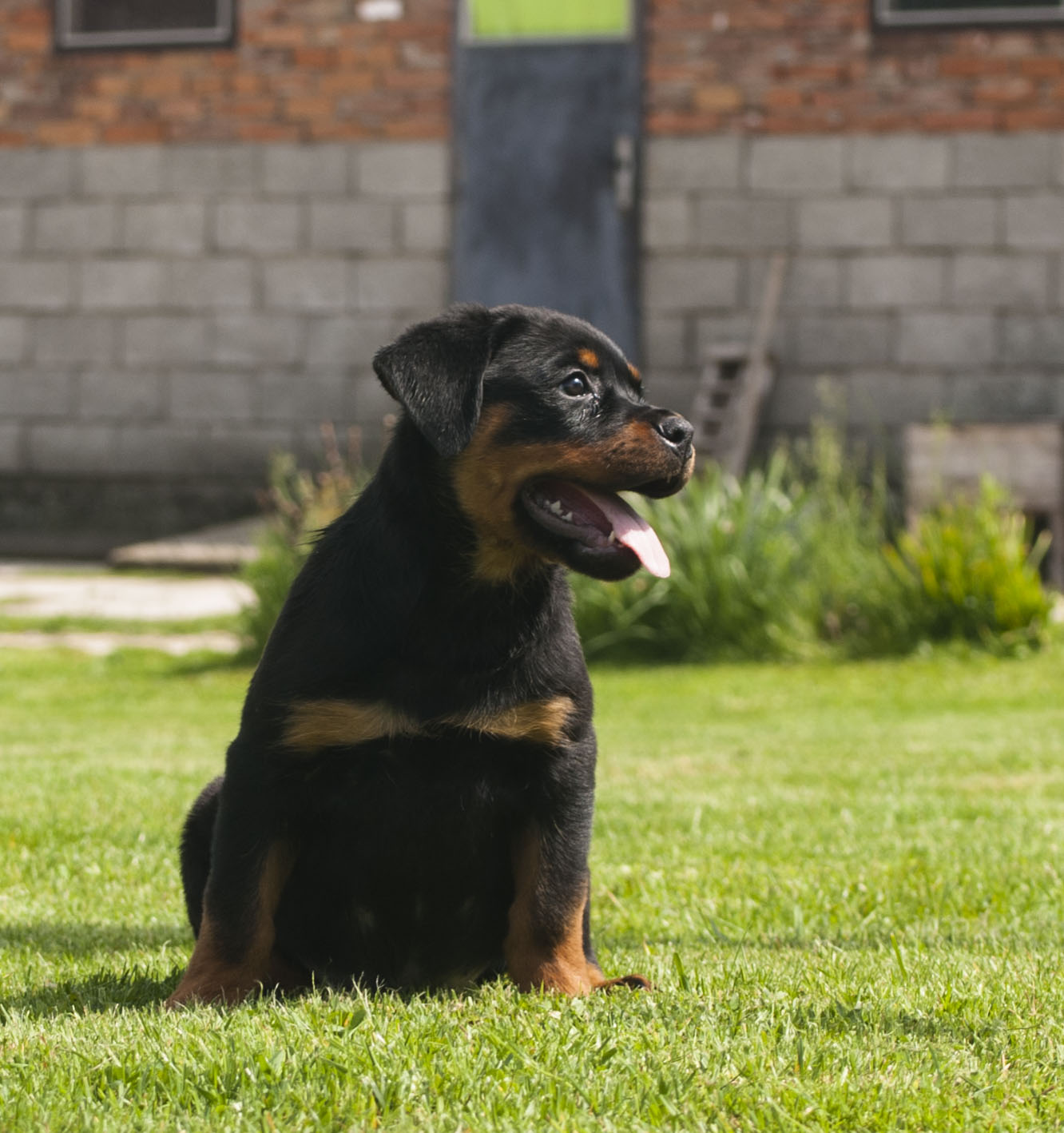
Here in Serbia, June means the rise of temperatures, as summer is on the way. No matter how much we love high temperatures and hanging out in the riverside, high temperatures include the possibility of infections in dogs. Read about demodicosis, one such infectious disease that affects dogs.
What is demodicosis?
Demodicosis is an infectious disease that most often affects dogs, rarely cats. It is also known as “demodectic mange” or “red mange,” due to its manifestation on the animal’s skin and hair.

Picture is taken from internet
What causes demodicosis?
Its cause is sensitivity to and overpopulation of Demodex canis mite in the animal’s immune system, hence the animal’s organism cannot keep the mites under control and the infection arises.
Interestingly, Demodex mites are common in all dogs’ hair follicles, although in low numbers. They most often inhabit the area around the face, and tend not to cause problems. However, in situations such as impaired or even underdeveloped immune system, stress, malnutrition, or unhygienic kennels, the mites start reproducing more rapidly and causing symptoms in sensitive dogs.
What animals can be affected by demodicosis?
Although demodicosis most often affects dogs, cats can sometimes get infected with it too.
Some evidence suggest that there are dog breeds that have a higher tendency towards developing demodicosis. Top ten breeds include Shar Pei, West Highland White Terrier, Scottish Terrier, English Bull Terrier, Boston Terrier, Great Dane, Weimaraner, Airedale Terrier, Alaskan Malamut and Afghan Hound. Doberman Pinscher is also prone to demodicosis, but not in the top ten breeds.
Good news for all European German Rottweiler owners is that Rottweilers are not very likely to develop the disease, although it has been diagnosed in almost all dog breeds in the past.
What are demodicosis symptoms?
Demodicosis symptoms vary from mild irritation and itchiness over small patches of hair loss to more severe inflammation, secondary infections and sometimes may even have lethal outcome.
Scarce patches of demodicosis usually correct themselves over time, if the dog’s immune system is able to deal with the disease on its own, even though at least some form of treatment is advisable.
Depending on the severity of the disease, demodicosis manifests differently. Milder infections, known as localised demodicosis, are present in dogs aged 3-6 months and are characterised by patches of redness and rashes, most often on the face and front legs. It can sometimes affect older dogs as well, although relatively rarely.
More severe infections, known as generalizes demodicosis, affects the dog’s entire body, mostly in dogs aged 3-12 months. It can also include sebaceous glands infections, as well as secondary bacterial infections.
Is it hereditary?
Demodicosis is partially hereditary, i.e. only mother can transfer it to the puppies. Male can be infected, but does not transfer it further. If the puppies are born via Cesarean section and are not in touch with the mother since, they can avoid developing the disease. However, since demodicosis transfers through breast feeding from the mother onto the puppies, usually within the first two to three days after birth, this data suggests it cannot be transferred intrauterinely.
Although it is a disease, it is not infectious to other dogs or humans. That means that dogs who already have demodicosis cannot transfer it further to other dogs or people they are in touch with.
In fact, there is age and breed predisposition to demodicosis. Accordingly, demodicosis more often occurs in younger, purebred dogs, and is usually tranferred neonatally, i.e. after birth.
Can demodicosis be cured?

Picture is taken from internet
Demodicosis is a disease that is relatively difficult to treat, and can actually never be cured. However, bear in mind once again that the mites that cause demodicosis are present in dogs at all times, yet the infection develops in certain conditions only.
In essence, as soon as a dog’s immune system is weakened, demodicosis manifests, and can recur often. Complete recovery can take weeks, even months, and the chance of recurrence remains, similarly to some human diseases as well.
Luckily, available treatments give satisfactory results and most dogs fully recover.
Milder demodicosis cases treatments usually include shaving the dog’s hair on his entire body, removing all scabs, bathing the dog in medical shampoo for bacterial infections treatment, as well as applying skin solutions to fight the infection. With most dogs, these treatments result in satisfactory retreat of infection. Oral consumption of a prescribed medicament on a daily basis is another possibility, but it can last months.
With more severe demodicosis, a medical check-up is highly recommended bi-weekly throughout the treatment, and only after two subsequent tests show negative results can the treatment be stopped.
Are there any precautions?
Stress is known as one of the main causes of demodicosis, hence eliminating it can significantly improve the recovery chances.
Accordingly, sterilisation of females is advised immediately after first instance of demodicosis is observed and cured. This is so because once females enter their gender cycle, hormones and gestation are perceived as relatively stressful for the organism. Furthermore, demodicosis is hereditary and should not be transferred onto the litter.
Secondly, nutrition plays an important role. Dogs should be fed with quality food to avoid any nutritional issues that cause immunodeficiency. Fat-free food rich in proteins, as well as dietary supplements rich in vitamins and minerals, is also advised.
Thirdly, regular medical check-ups are in place, to test for the presence of ectoparasites such as fleas and ticks, as they can significantly meddle with the test results due to their infection potential.
Finally, although demodicosis is a potentially omnipresent disease in all dogs, not all of them will get infected with it. Proper nutrition, breeding and care, stress-free environment, clean kennels and regular hygiene are the best prevention of this serious, persistent disease. Only that way can you save yourself from stress in the long run and make sure your lovely pet enjoys his time with you and your family.

